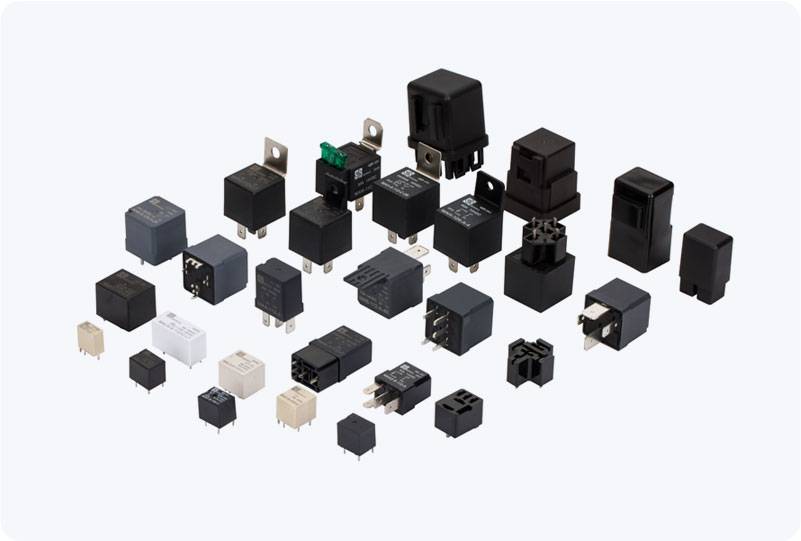A High-Power Relay is a critical component in modern electrical systems, used for switching high-power loads. It is designed to handle higher currents and voltages compared to standard relays. Due to their unique capabilities, high-power relays are widely employed in various industrial, automotive, and consumer applications. This article explores the key features, types, and applications of high-power relays, as well as their importance in ensuring efficient and safe operation of high-power systems.

What is a High-Power Relay? A High-Power Relay is an electromagnetic switch that allows electrical circuits to be controlled by a lower-power signal while switching large amounts of electrical power. These relays are essential for systems that require precise control of high-power equipment such as motors, industrial machines, and heating elements. High-power relays are typically used to control the flow of electricity to devices that demand high current or high voltage, which regular relays cannot handle effectively. Key Features of High-Power Relays High Current Rating: One of the most notable features of high-power relays is their ability to carry much larger current loads compared to standard relays. These relays can handle several hundred amperes, which is necessary for large industrial equipment, automotive systems, and power transmission circuits.